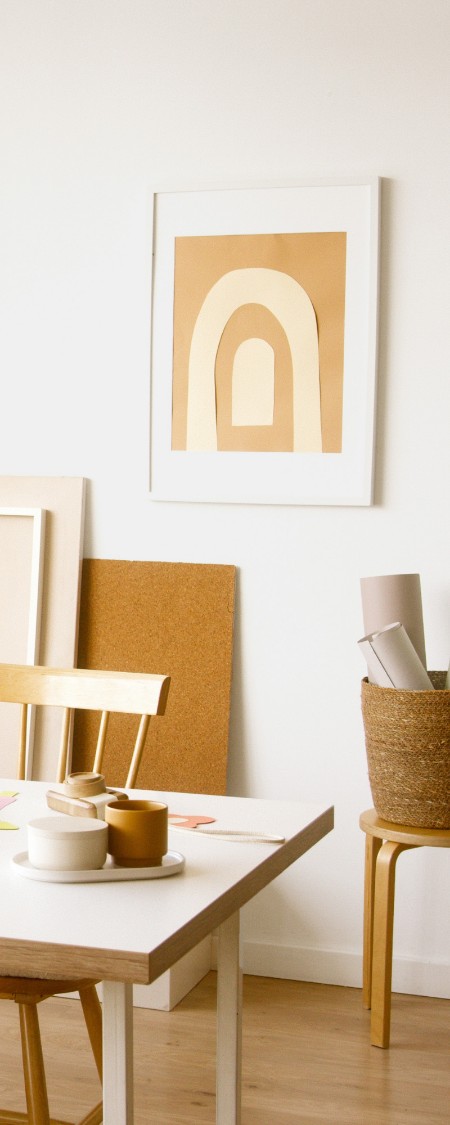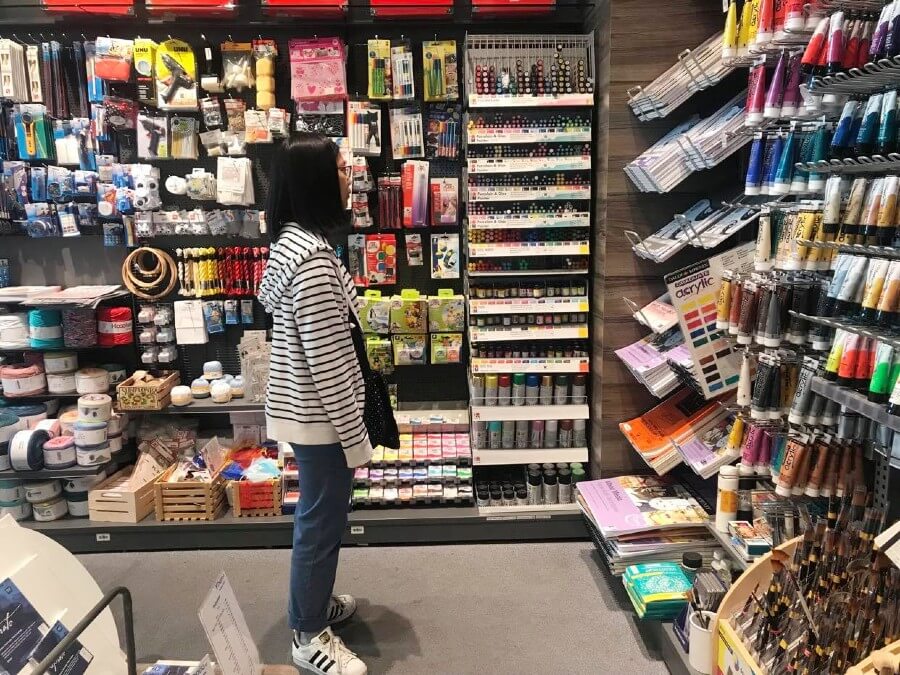
Useful SVG Images and 20+ Crafting Tools : Craft Shop
When the kids were much younger, we often had projects at home that involves boxes, paints, papers, stones, scissors, glues; the basic tools for crafting for kids and everything else for them to be creative. Nowadays, 3D prints, SVG images, punchers, and crafting tools that involve more complex processes are what we have.
When they were younger and we find ourselves in bookstores, we don’t only browse through the new books section, we also find our way to the craft area. My daughter and I would swoon over pretty papers and moleskins, the littlest boy would look at what new clay colors arrived, and the middle kid would happily gawk at stickers, hesitant to ask if he could buy some. Nowadays, we do buy marble papers, colored art pads, origami paper bundles, glitter glues, mandala books, acrylic paints, even pretty colored pens that would wait for their turn to be used sitting at one of our bookshelves.
Amazon orders include canvasses of different sizes, washi tapes, cut clothing in different prints, and colors too. While we are still so much into crafting, we couldn’t really find the time to blog about all things related to it.
Depending on what our project would be, we would take out different tools we will be using for the day. Here are some of the tools and items we have around or on our pegboard.
Table of Contents
Cutting Company
1. Scissors
You can have a lot of scissors and that’s ok: long scissors, small scissors, microtip scissors, left-handed scissors, pinking shears, make sure that they aren’t dull. You will need different scissors for particular tasks.
2. Cutters
Depending on where you are, cutters and knives in the sense of both words could be interchangeable. But for this post, let’s refer to cutter as the paper trimmer or paper guillotine.
There are also circle cutters in different sizes which makes cutting circles a lot easier.
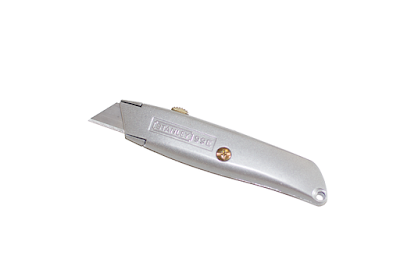
Stanley knife
3. Knives
To some, a Stanley knife would be recognized as cutter whereas it is actually called a utility knife. The one we are most familiar about is the “nap-off blade” utility knife.
Then there’s the X-acto knife, that hubby uses a lot, also called Stanley hobby knife. I sometimes use it to open envelopes. 😀
4. Cutting Machines
For more advanced cutting techniques, you can get a Cricut Explore or a Silhouette Cameo. You can cut so many pretty patterns and whatnots from both (more about this later).
5. Cutting Mats
While not tools to cut, mats are important to protect the area you work at. It is best to get a self-healing cutting mat, this will protect your table top/work area from blades, writing instruments and other craft tools. As the name implies, the mat self heals, meaning the surface cuts reseal, ensuring a continually smooth surface for all cutting activities.
Papers and Prints
There are many types of paper that crafters use. Depending on texture, sturdiness, and also what your project would be.
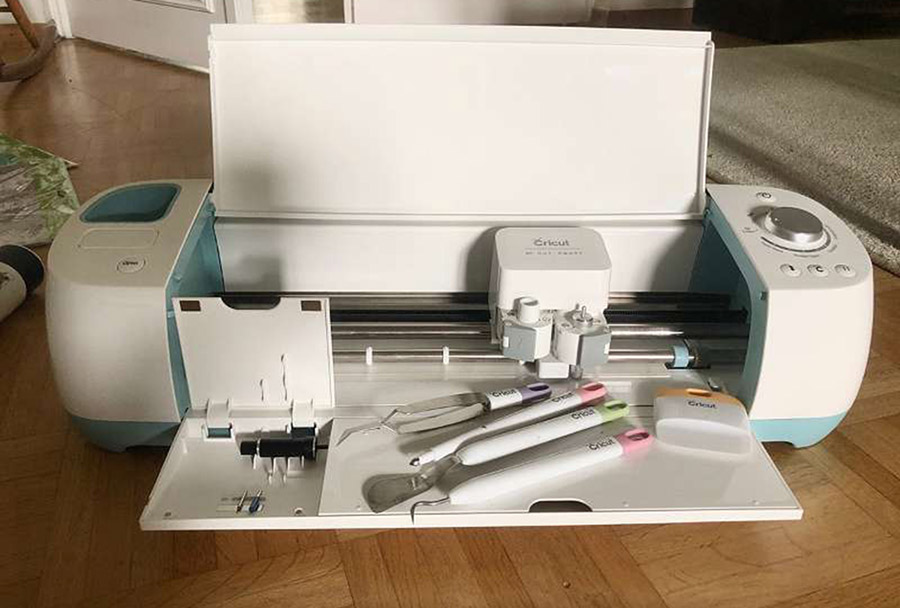
Svg images: easy tool – Cricut
1. Cardstock
Cardstocks are crafters’ favorite being in between printer paper and cardboard when it comes to thickness.
2. Kraft Paper
These are the brown paper you see used for paper bags, gift wrapping, and many other everyday things.
3. Washi Paper
Papers that can in itself be art. Washi papers are beautifully printed paper, Japanese style.
4. Origami Paper
As the name suggests, these are papers used for origami – the Japanese art of folding papers. Origami papers are usually square, and very easy to fold. They have pretty prints like washi papers on one side and plain white at the back.
5. Construction Paper
These are what we’ve probably invested in back in the days. Cheap and easy to come by, construction paper can be bought in bulk in many colors. Like the photos of the kids below, we were probably using construction paper to make mini-kites, and butterflies on sticks.

Creativity With Techie Kids: cut outs and svgs
6. Parchment Paper
Yes, I remember putting together some pieces of plastic and then ironing them down under parchment paper so the pieces would stick together….I totally forgot what those plastic pieces are called but I remember my kids doing colorful cats, and flower figures with them. ^_^
7. Newspaper
Aside from paper mache projects, newspapers could be pretty useful in layouts, as filters, and even styled painting. I used to utilize newspaper vectors on digital prints as a filter to create a nostalgic feel.
There are a lot more of papers for crafting, but these are what we usually have at home.
Shape Shifters
1. Pliers
I’m not entirely sure which ones we have at home, but there are probably over 30 different pliers in a crafter’s arena. Most are used for jewellery-making but pliers are totally useful for misshaping wires into beautiful creations.
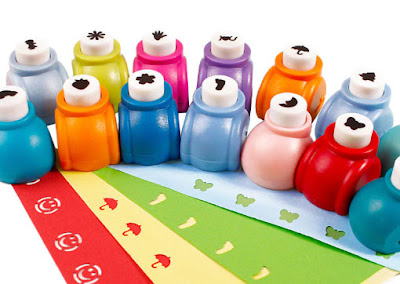
Punch collection
2. Punches
I bet all homes have a punch (we are more familiar with the term puncher) along with stapler, and tape in a tape cutter tucked together in a box or craft corner. You’d be glad to see that there are these punches that would give you cute cutouts of myriad patterns.
3. Dremel 3-Tool Craft & Hobby Maker Kit
While not always used, we have a Dremel kit that hubby uses for his many bric-a-bracs. I haven’t held it but I have asked him to cut out doors on big plastic boxes we used as cat toilets.
Coloring Club
1. Colored Pencils and Pens
We’re big on pencils and pens – every year, we buy each of the kids a set of new colored pencils and pens, the older ones we put together and pick out which are still so big – it’s usually the orange and brown ones that remain. We still have those smaller ones in boxes we use at home, or make little kids use when they visit us.
2. Markers
Whether chalk or permanent markers, these are handy at home. We prefer the dual tips, they make combining colors easier.
3. Watercolor/Acrylic
We still have hubby’s watercolors – which are older than my daughter. You can find tubes of both acrylic and watercolor at home, as well as palettes, and waterboxes.
4. Spray Paint / Airbrush
Hubby uses these two often, and complete with a mask on. ^_^ I’m a total no-knowhow with these two so let’s leave this as is.
5. Palettes/Brushes
Big or small, thin and thick, we have brushes of every sort – and there are also palettes that came free when buying a set of colors and brushes when school starts.

Crafting with Kids: Butterfly on sticks
SVG Images and Crafting Tools Online
You might be familiar with Jpegs, Pngs, and Gifs, even Psds, Tiffs, and other image file types. However, SVGs may be new to you. Or you probably use them but didn’t pay much attention.
1. SVG images
SVGs are vector graphics, which are high in quality even when printed in really big resolution. It comes with EPS, PDF or AI graphic file formats under vector graphics, while JPEG, PNG, GIF, and MPEG4 fall under raster format.
SVG images are also known to crafters as digital cut files. SVGs can easily be used with the Silhouette Cameo and Cricut Explore.
2. Design Space software
Cricut uses its Design Space software in doing the cutting tasks you assign it.
3. Silhouette Studio
Silhouette cutters use its Silhouette Studio to design and edit SVG images. These cutting machines are pretty smart and will give you 100% accuracy. Just feed the info and it will cut your design on the material of your choice per wireless instruction from the design software.
Designers prefer using SVG images and files for its scalability. Printing logos and icons on small items as brochures, business cards, and other paper prints don’t require big file resolution. Billboards however are a different story. In order to have a good outcome in large prints, SVG images are better to use. This is the unique advantage of vector graphics over their raster counterparts; the points, lines, and curves may be scaled up or down to any resolution with no aliasing/quality reduction.
4. Bundle of Designs for Sale
There are websites that give out free SVG images for when you need inspiration. One such site is DesignBundles.net. There’s a wide range of logo mockups, canva templates, printable materials, and what crafty have-yous. Their bundles make your creativity itch to do more projects. ^_^
I spend my waking hours gawking at some of their designs, sometimes I buy bundles and do projects with the kids.
5. Adobe System
All 5 of us at home have learned Photoshop, or any other program Adobe offers.
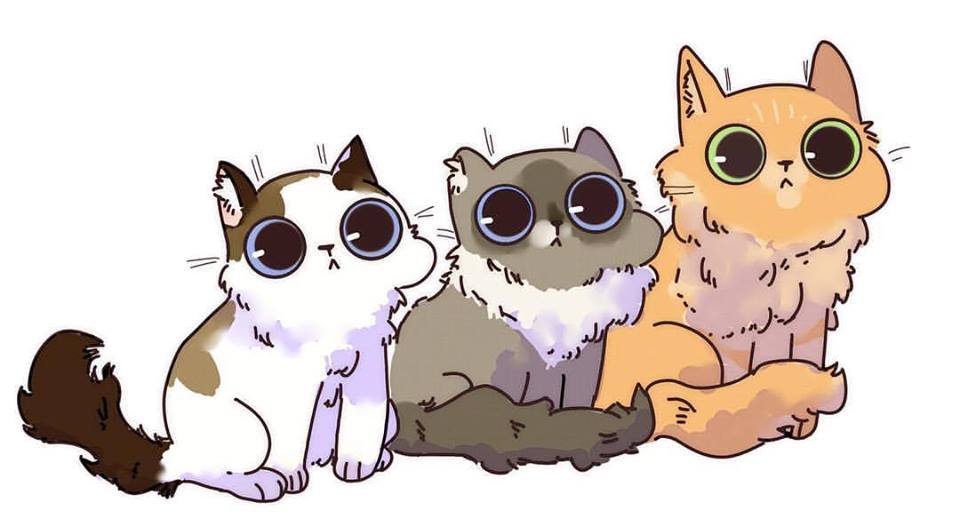 SVG images usage: Our cats drawn by my daughter, to cut this out and print on shirt! |
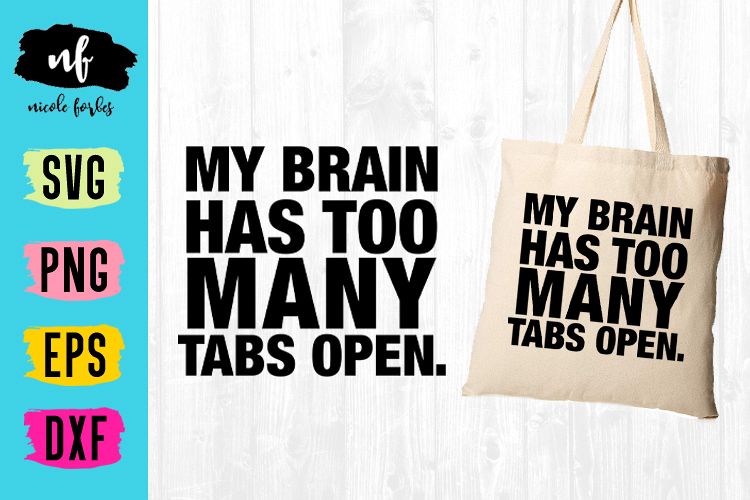 Tote Bag as png, eps, dxf, svg images |
Sticky Stuff
1. Glue Gun and Glue Sticks
Probably the tool that I shy away from the most. Being a scattered-brain, I’ve had my fair share of being burned by hot glue.
2. Glue
Stick glues, liquid glues, glitter glues, superglues; there’s a lot in our room and the kids’ room.
3. Tape
No matter which color and visibility (transparent, opaque, brown) and for what purpose, we hoard tapes because they’re always on sale.
4. Washi Tapes
Who doesn’t love colors? Washi tapes are staples at home, my daughter uses them in her drawings.
Strings To Attach
Yarn, twine, thread, ribbons, even ropes are pretty much used here. When we were advised to stay home, the threads were so happy because we’ve been doing face masks a lot. See our how to sew a fitted mask tutorial to make your own. We even ran out of black spools at one point.
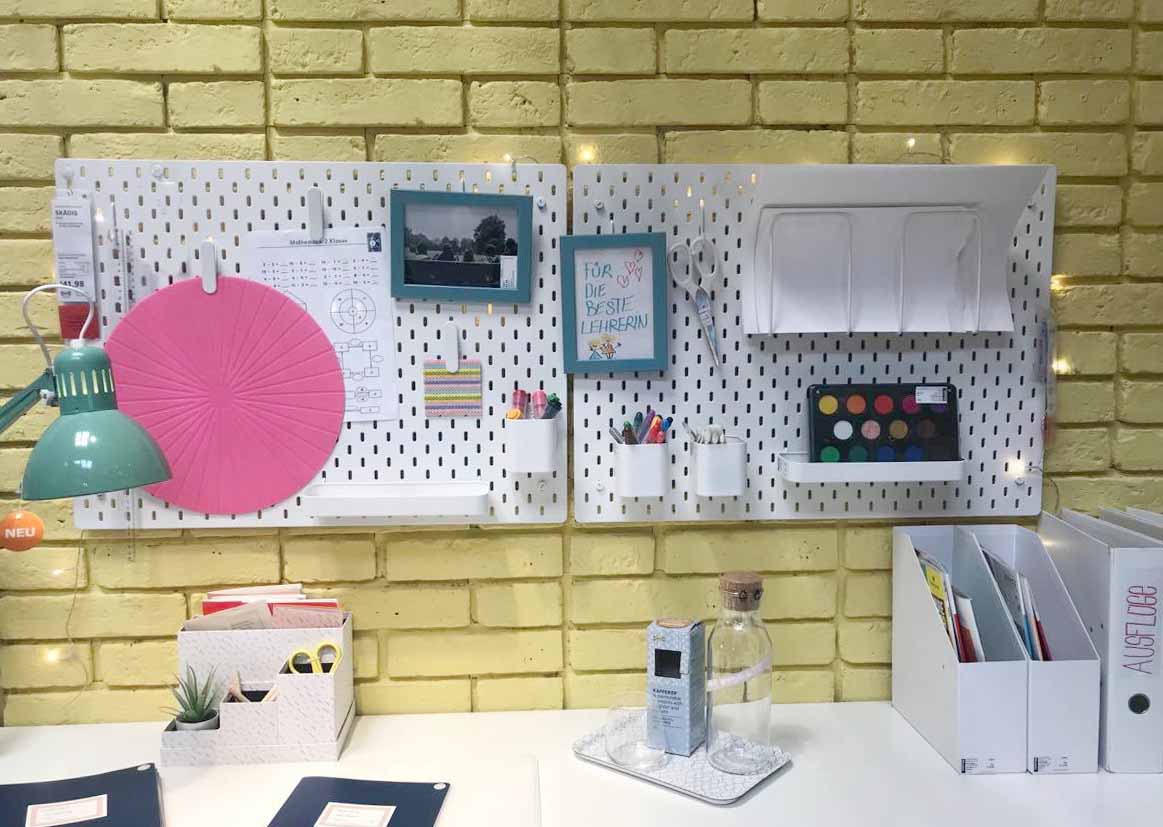
Ikea skådis – diy pegboard
Sewing Schemes
Sewing machine, handheld sewing machine are useful and makes for stronger sewn projects than handsewn ones. In your sewing box, there should be needles and pins, scissors, and of course, threads.
Useful SVG Files and Other Crafting Tools You Need
1. Pegboards
Even if you don’t craft a lot, a pegboard would be useful to store your artsy items. Pegboards are easy display systems that are sturdy, and easy to arrange. It’s a panel where you can hang hooks to hang stuff. And IKEA has the SKÅDIS system for these needs.
2. Stencils
These are pretty handy when designing virtually anything around you.
3. Lint Rollers, Craft Rollers (brayer)
While we have a lot of lint rollers at home, it is for the cats’ hair that find their way to our black shirts! Lint rollers are great for picking up or sticking up tiny-bity stuff on surfaces.
Craft rollers or brayers, on the other hand, is for coating thin paint layers over your projects. The layer also acts as a seal of some sort, and also gives your surface some texture.
4. Tweezers
I am not entirely sure which is which when it comes to tweezers but buying a set will ensure you have one for every purpose.
5. Screwdrivers and screws
Not only for mounting canvasses on walls, or when putting up IKEA cabinets together, we need screwdrivers and screws in many crafting ways.
6. Drill bits and drill
These come in handy in certain projects but mostly related to hubby’s arts and crafts. I rarely use them.
We’re sure there are a hundred more tools we weren’t able to list down. We would appreciate if you could tell us what other materials we can include in this list (please write down in the comments below)! Thank you.
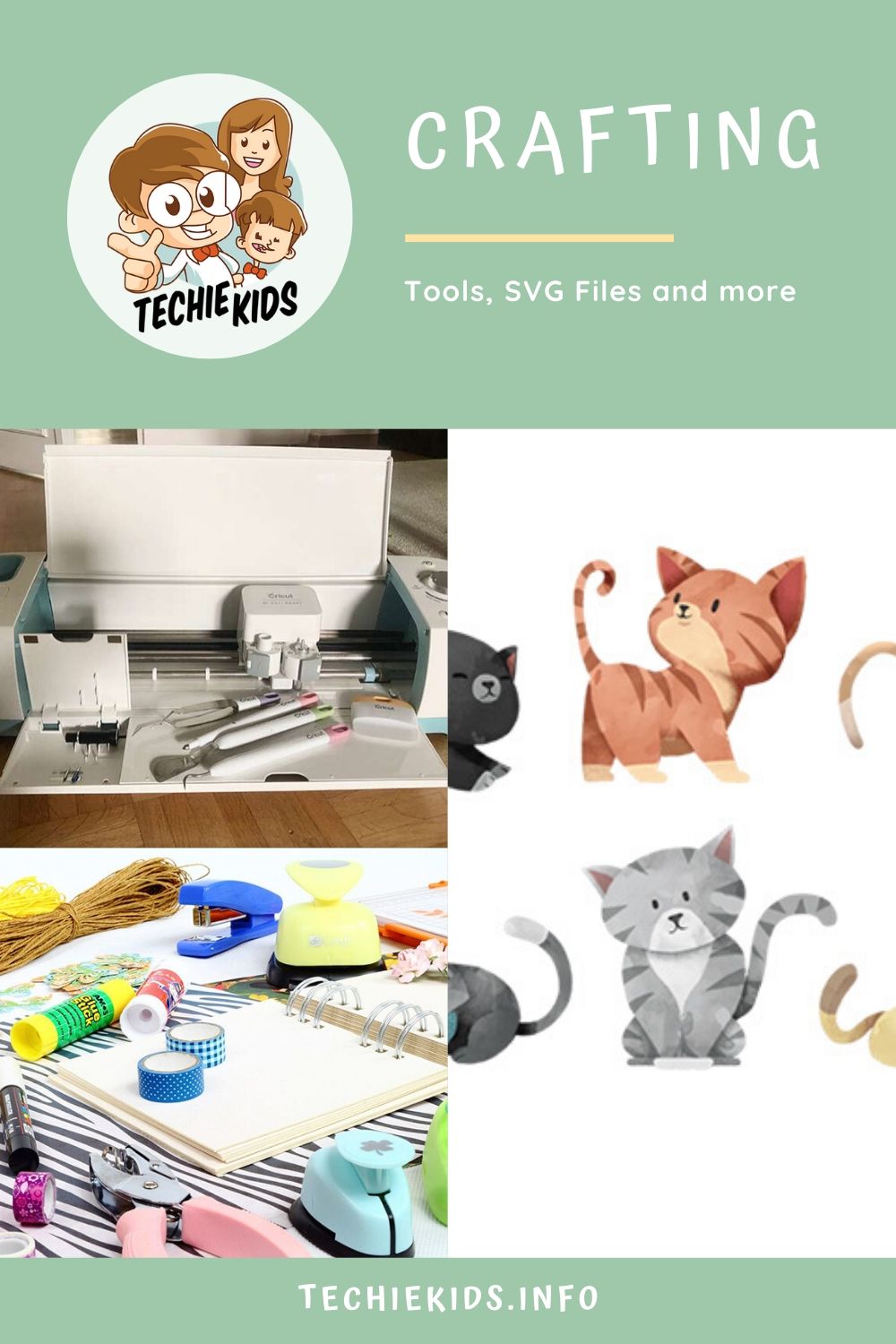 Pin this! (SVG Images and Crafting Tools With Techie Kids) |
 Pin This! (SVG Images and Crafting Tools With Techie Kids) |

